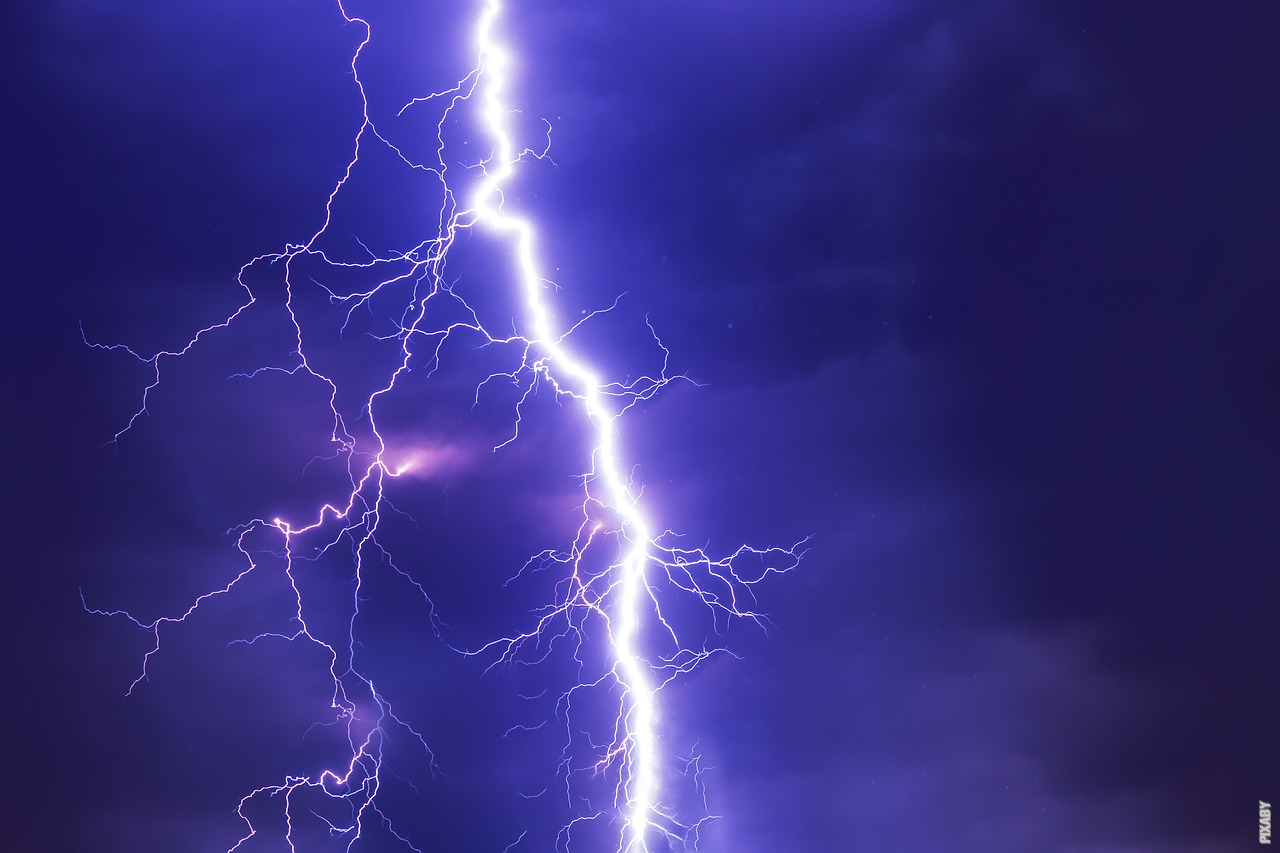The Mystical World of Clouds
Clouds, those fluffy formations that grace our skies, come in a variety of shapes, sizes, and types. These ethereal wonders have fascinated humans for centuries, stirring our imaginations and inspiring countless works of art and literature. But have you ever wondered why there are so many different types of clouds? Let’s embark on a journey through the realm of clouds and unveil the secrets behind their diverse forms.
The Birth of a Cloud
Clouds are born from tiny water droplets or ice crystals that condense in the atmosphere. The process begins when warm air rises and cools down, causing the water vapor within it to condense into visible water droplets or ice crystals. These droplets or crystals then gather around microscopic particles, such as dust or pollution, forming the building blocks of clouds.
The Role of Air Temperature and Moisture
The type of cloud that forms depends on two main factors: air temperature and moisture content. As warm air rises, it expands and cools, which affects the size and shape of the clouds that develop. Additionally, the amount of moisture in the air plays a crucial role in determining the cloud’s appearance. High moisture levels can lead to the formation of dense, towering clouds, while lower moisture levels create wispy, scattered clouds.
A Dance in the Sky: Different Types of Clouds
Now, let’s explore some of the mesmerizing cloud types that grace our skies:
1. Cumulus Clouds
Cumulus clouds are the fluffy, cotton-like clouds that resemble floating cotton balls. They often indicate fair weather and are commonly seen on sunny days. These clouds form when warm air rises and reaches a level where it cools and condenses into cumulus clouds.
2. Stratus Clouds
Stratus clouds are low-lying, uniform clouds that resemble a gray blanket covering the sky. They often bring drizzle or light rain and can create a gloomy atmosphere. These clouds form when moist air is forced upwards, usually by a gentle upward breeze.
3. Cirrus Clouds
Cirrus clouds are delicate, feathery clouds that appear high in the sky. They are composed of ice crystals and often indicate fair weather. Cirrus clouds form in the upper atmosphere, where cold temperatures allow ice crystals to form.
4. Cumulonimbus Clouds
Cumulonimbus clouds are massive, towering clouds that can reach great heights. They are often associated with thunderstorms and can bring heavy rain, lightning, and even hail. These clouds form when there is an abundance of moisture and strong upward motion of air.
The Beauty of Cloud Diversity
The existence of various cloud types adds a touch of enchantment and beauty to our skies. They serve as both a source of inspiration and a practical tool for meteorologists, who study clouds to forecast weather patterns. Each cloud type has its own unique characteristics and role in shaping our atmospheric conditions.
Next time you gaze up at the sky and spot a cloud formation, take a moment to appreciate the intricate processes and factors that contribute to its existence. Clouds are not merely water vapor suspended in the atmosphere; they are a testament to the wonders of nature and the endless mysteries that surround us.
Post



